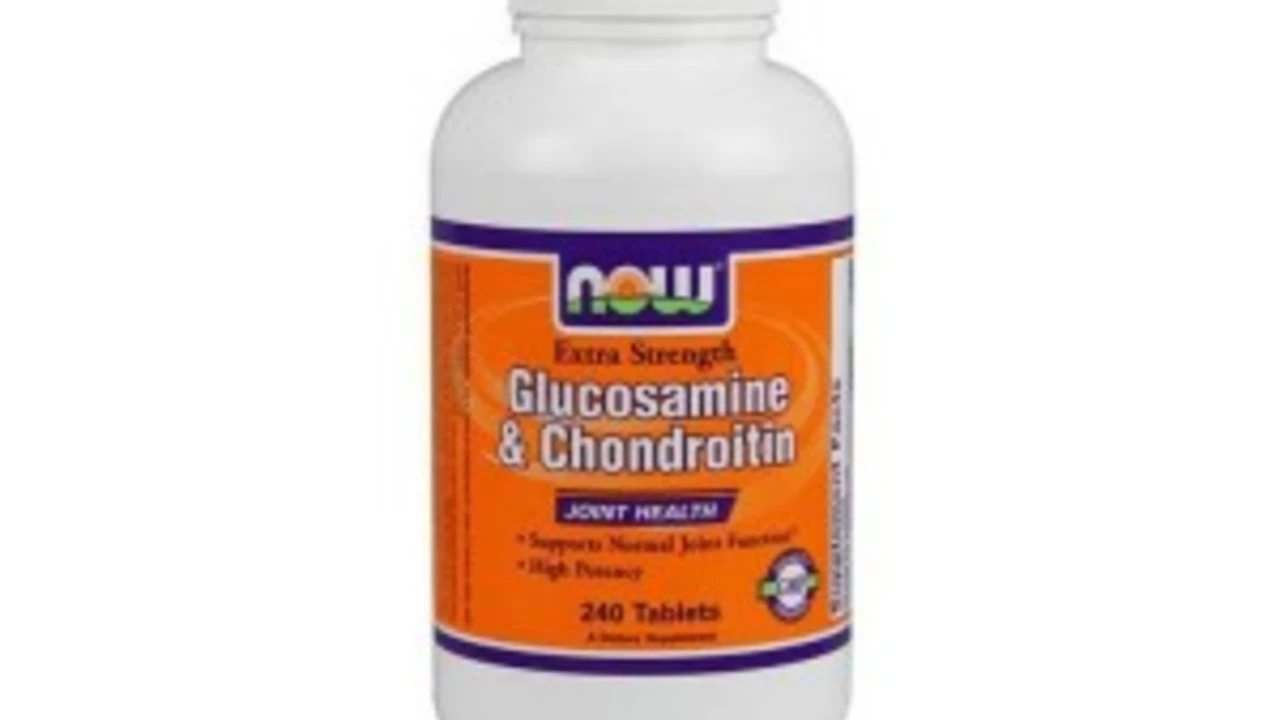Stiff joints: easy fixes you can try today
Stiff joints can ruin your morning, your workout, or just how you move through the day. The good news: small changes usually help a lot. Below are clear, practical steps you can do now and habits to build so stiffness happens less often.
Quick relief you can do right now
Heat loosens tight joints. Use a warm pack or hot shower for 15–20 minutes before activity. Cold helps when a joint is swollen or recently painful—apply an ice pack for 10–15 minutes. Alternate if you’re unsure: heat to start movement, cold if swelling follows.
Move gently. Do slow range-of-motion moves through the joint’s full span: ankle circles, wrist bends, shoulder rolls, and knee bends. Aim for 5–10 repetitions, two or three times a day. Movement keeps fluid flowing and prevents joints from locking up.
Over-the-counter options can reduce discomfort so you can move more. Ibuprofen or naproxen reduce inflammation and pain—follow the label or ask your pharmacist about safe dosing. Topical gels (like diclofenac) work well on knees and hands and cause fewer stomach issues than pills.
Build habits that cut down stiffness over time
Strength and flexibility matter. Short sessions of gentle strength training (bodyweight squats, calf raises, light resistance bands) twice a week support joints and reduce strain. Daily stretches—hold each for 20–30 seconds—keep range of motion steady. If your job has long sitting periods, set a timer to stand and move every 30–45 minutes.
Mind your weight and footwear. Extra body weight increases joint load, especially in hips and knees. Supportive shoes with good arch support and cushioning reduce stress when you walk.
Consider a targeted program with a physical therapist if stiffness limits activities. PTs give specific exercises, manual therapy, and progress plans so you regain normal movement faster and safer than guessing on your own.
Some people try supplements like glucosamine or omega-3s. Results vary. If you try one, give it 8–12 weeks and check for benefits. Always tell your doctor about supplements, especially if you take blood thinners or other meds.
When to see a doctor: if stiffness lasts more than a few weeks despite home care, or if a joint is hot, very swollen, red, locking, or you have fever or sudden severe pain. Also get help if stiffness follows an injury or you have conditions like immune disease—early diagnosis changes the treatment plan.
Small, consistent steps beat rare big fixes. Use heat to start, move regularly, add strength and stretches, and get professional help if things don’t improve. With a few simple habits, stiff joints usually become manageable and less frequent.

